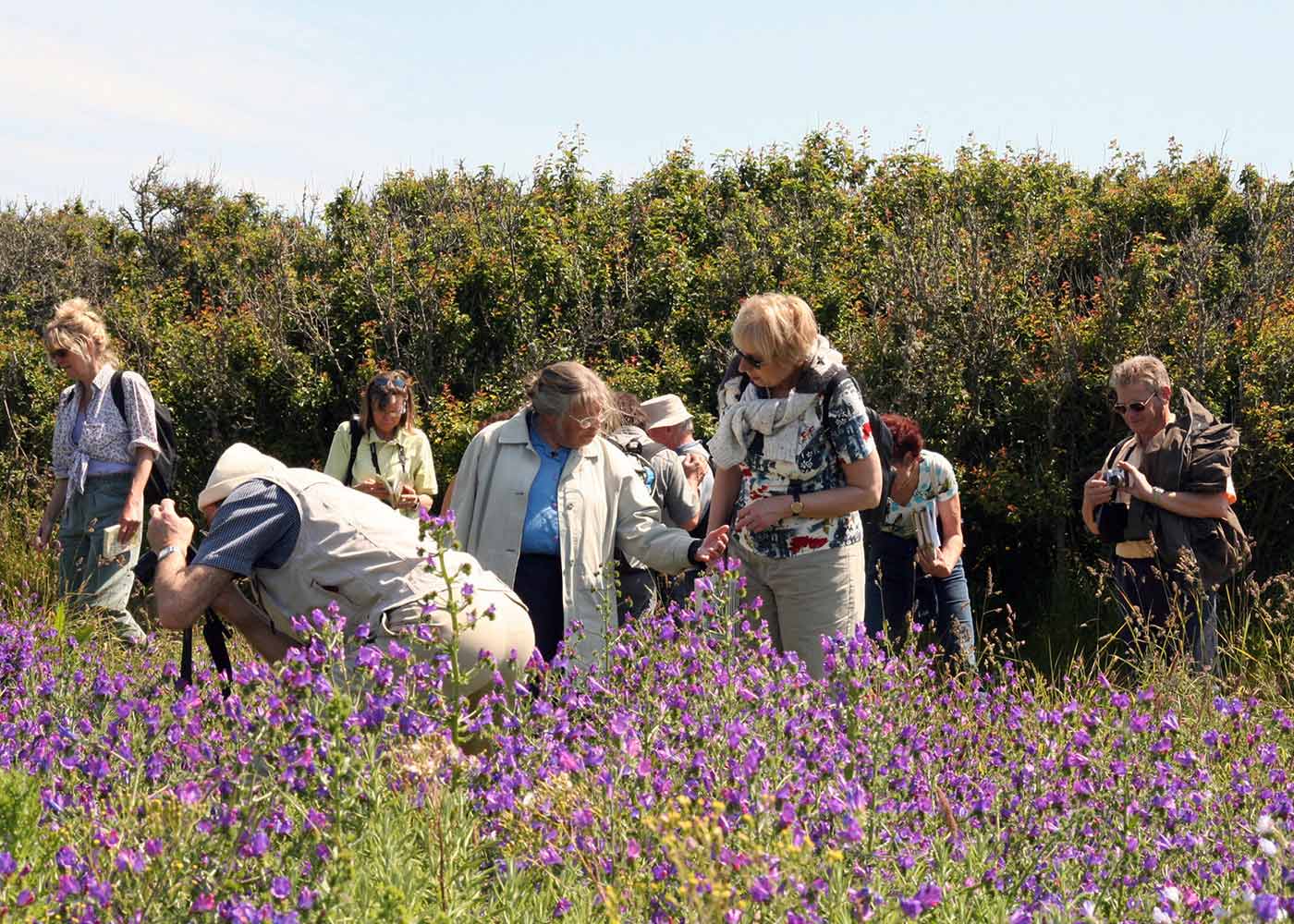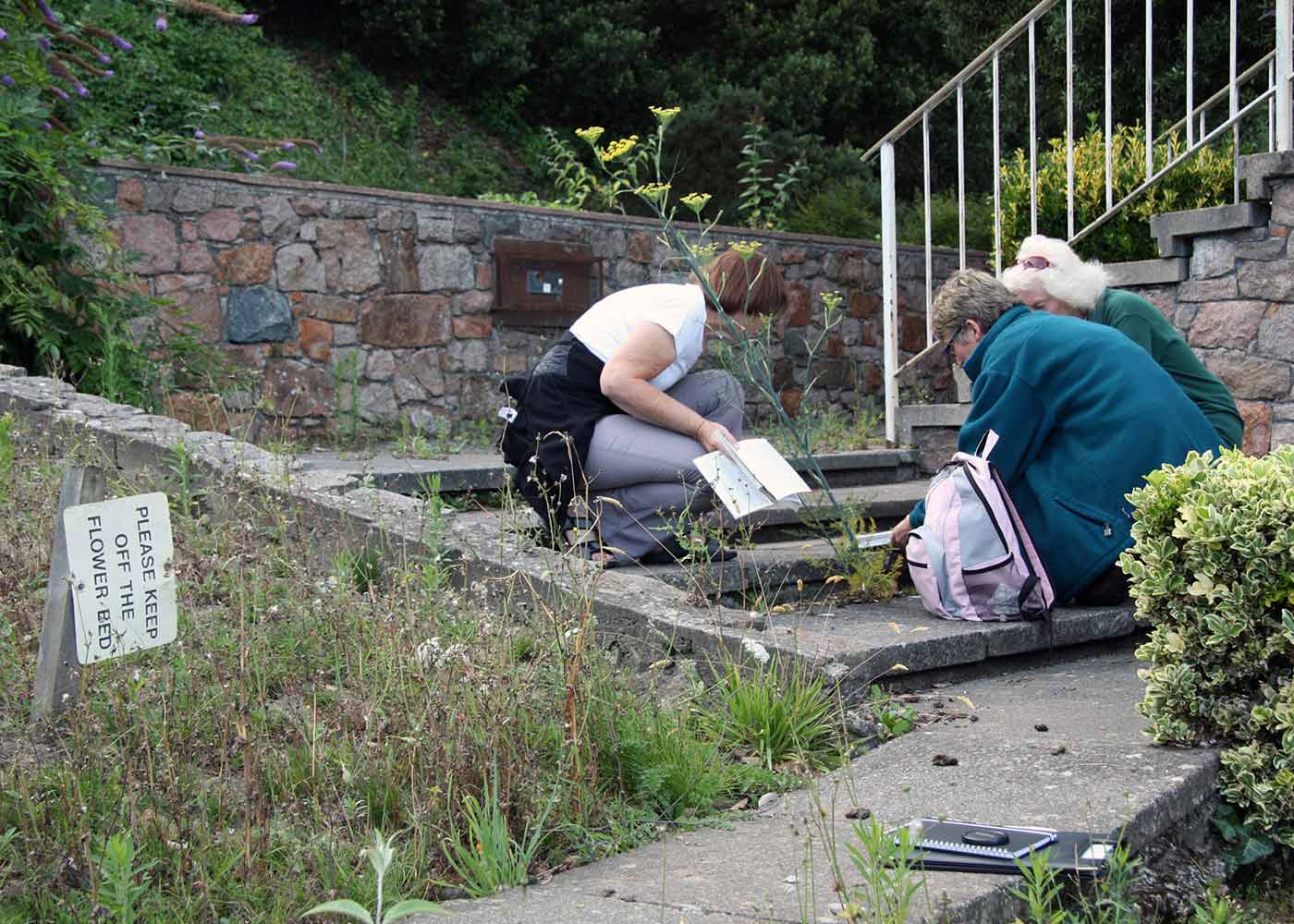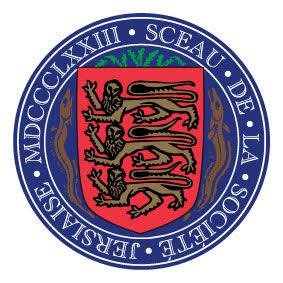What is a botanist?
What is a botanist?
Botanists are becoming a rare species! In Victorian times most school children could name wildflowers such as Foxgloves, Forget-me-nots, Poppies and Red Campion and distinguish between a Dandelion and a Buttercup. Victorian schoolchildren walked along the lanes and could see the changes in the seasons by the flowers in the hedgerows. Children and adults today travel in cars and are no longer so connected to nature. Many adults struggle to identify even common wildflowers. There are no British universities offering a Botany degree any more. The number of botanists who can accurately identify every plant they see in the countryside are dwindling. Despite the wonderful range of excellent botanical books and floras available making it so much easier to key out the names of plants, botanists are a a dying breed.
The botany of Jersey has been well recorded for over 250 years. Visiting botanists from the UK came and found plants they had not seen, hence we have Jersey Buttercup, Jersey Forget-me-not, Jersey Orchid, Jersey Cudweed and Jersey Thrift. Dr. Sherard came to Jersey in 1680 and produced a list of plants he found, Lester Garland, a headmaster at Victoria College produced a Flora of Jersey in 1903 and Frances Le Sueur wrote a Flora of Jersey in 1984. Local botanists continue to monitor and record where plants are found, especially the rare and special plants. So the records of plants collected today play a part in the long tradition of Natural History in the island.
So todays botanists are continuing a tradition that has been going for a long time, and the data collected of where plants are to be found can be used to produce scientific evidence of trends in plant abundance and decline. The method of recording has been consistent for many years, Botanists walk in a defined area and record every plant they see. This data is particularly useful in order to monitor habitats, many kinds of wildlife rely on a healthy habitat in order to survive. For instance Jersey's Green Lizard needs open sandy areas to bask in the sun, if Jersey's sandy habitats were to become overgrown with Evergreen Oak or Hottentot Fig the Green Lizard would not survive. Orange Tip Butterflies like Garlic Mustard a biennial plant not common in Jersey and not easy to identify. So botanical skills and accurate recording are important to inform habitat management to maintain the biodiversity of Jersey.
There are approximately 800 plant species on Jersey probably more if subspecies are taken into account. Different habitats including woodland, sand dunes, arable and seaside support different ranges of plants. Native plants have been here for thousands of years, but human activity has been responsible for introducing plants to the island. For example the Romans introduced Sweet Chestnuts Castanea sativa to eat the nuts and Shrubby Orache Atriplex halimus was introduced to St. Ouen's as a windbreak around fields. Many plants have been lost such as the rare Adder's-tongue Ophioglossum vulgatum at Samares Marsh when the Le Squez flats were built. Every year plants are recorded that are new to the island such as Nepal Persicaria Persicaria nepalensis found by Alli Singleton in Bouley Bay in 2020. How these species arrive is open to speculation, however it is usually by escaping from gardens or the seed being carried here by wind or on human clothing.
Anyone interested in plants or furthering their botanical skills would be most welcome to join the local botany group. Please contact <botany@societe-jersiaise.org>
Photo credit: Societe Jersiaise Botany group



